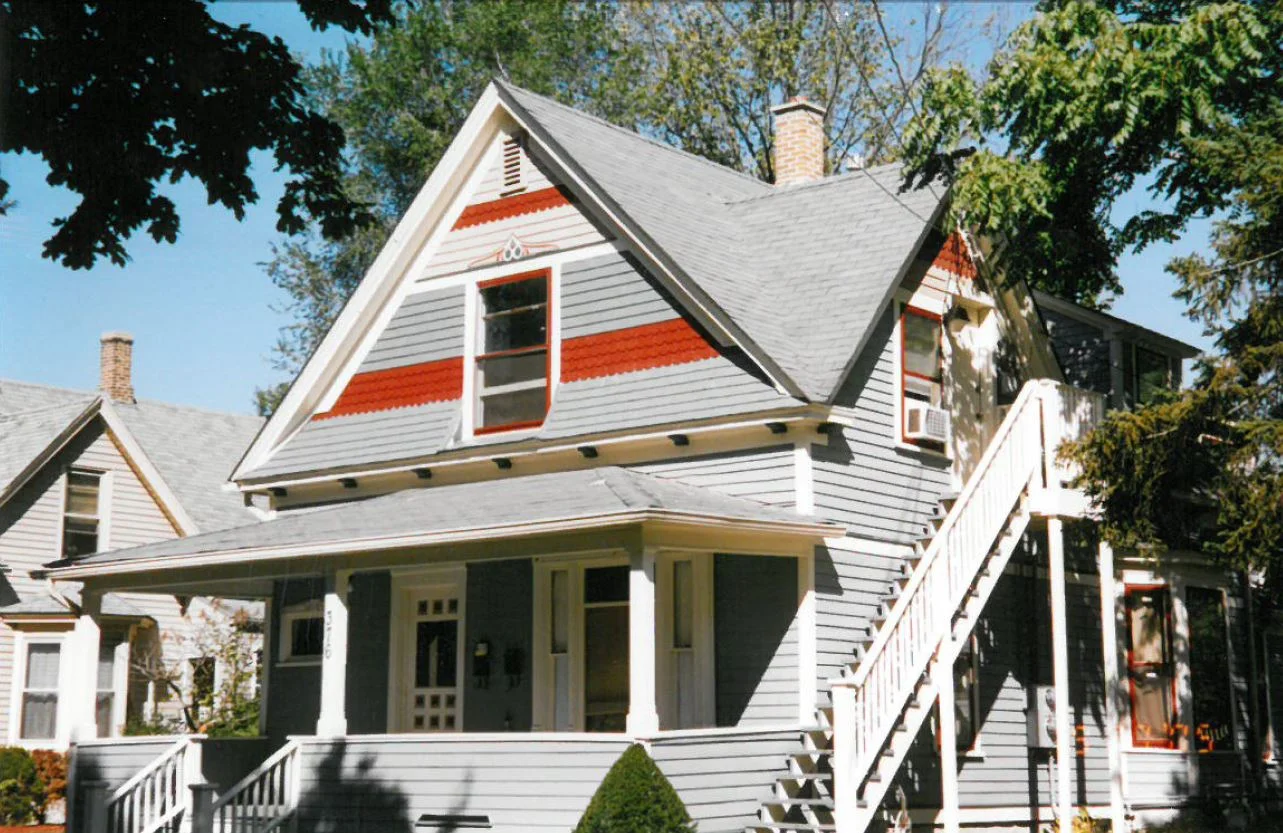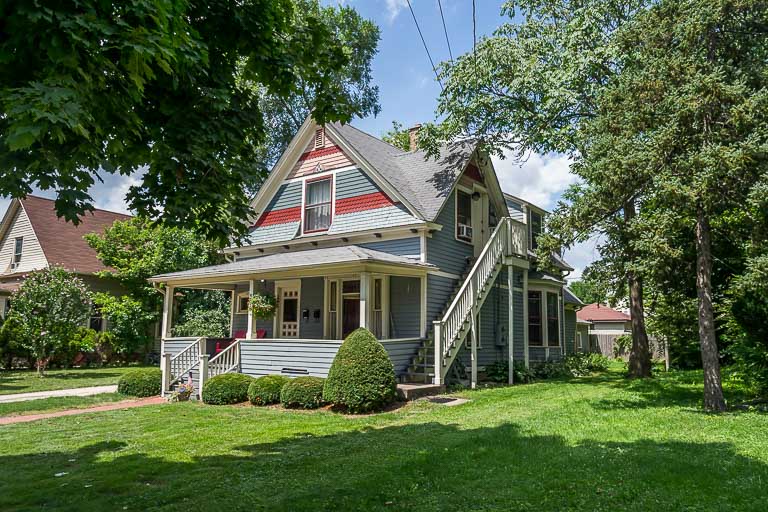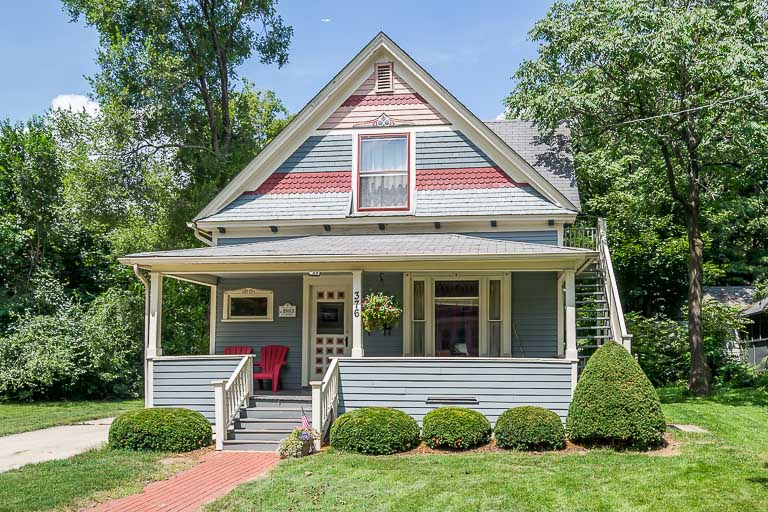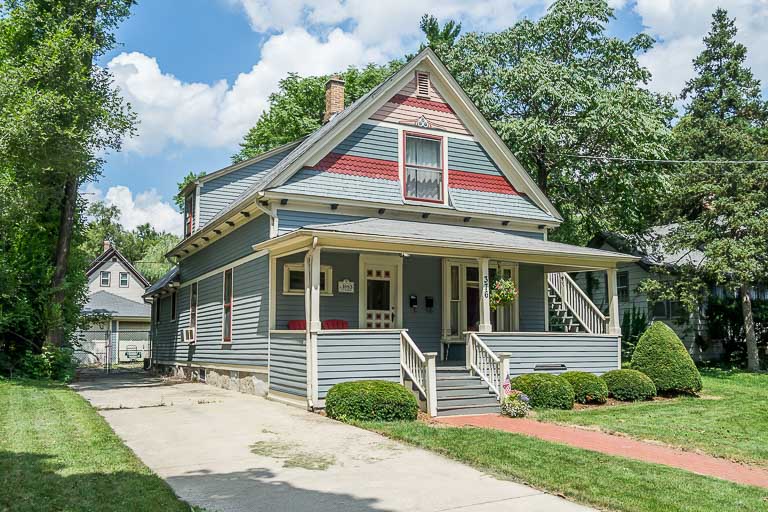376 JEFFERSON AVENUE
HISTORIC SIGNIFICANCE
In the 1860, William Mackey purchased several acres of land that would eventually house 376 Jefferson. Mackey was an Irish immigrant who came to Elgin in 1857 after marrying his wife Jane, a Scottish immigrant, together having six children. Mackey's son, Thomas, was a builder in the area, regularly appearing in construction reviews in the 1880s and 1890s. It was not until his other son, William C. Mackey, purchased a parcel of this land from his father in 1880 for $200. In the 1884-1885 city directory, we see William C. Mackey as owner of the property at 376 Jefferson, pegging construction of the home at 1883.
After the Mackey family sold the home, 376 Jefferson was cared for by Charles H. Pegler and his wife Alvina. Charles was an attorney for the Aurora, Elgin, and Chicago Railroad Company and his wife was an Art Institute-trained artist who was active in the community through her church and various women's organizations. After her sudden death in 1918, the Elgin Daily Courier wrote a long story front page story about the life she lived and the work she did in the City of Elgin. Charles then lived alone in 376 Jefferson from 1918 until 1949.
ARCHITECTURAL SIGNIFICANCE
376 Jefferson Avenue is an example of the Gable-Front style, a vernacular descendant of Greek Revival houses. Popular from around the 1850s until roughly the 1930s, elements of the Gable-Front style are a front facing gable, steeply pitch roof. 376 Jefferson also has a large shed dormer protruding from the roof. Minimal decorative detail of varying styles can seen added here with horizontal and vertical banding, and the clapboard and scalloped shingles with a slightly flared bottom roof-line just above the porch on the facade. A Sanborn Map from 1913 indicates a small porch at the front entry rather than the full-width porch seen above, this strengthens the Gable-Front characterization and indicates later styles, like Craftsman, may have influenced later renovations.
TIMELINE OF PREVIOUS OWNERS
Sources: 2006 Heritage Plaque Application; Audio: TextAloud





